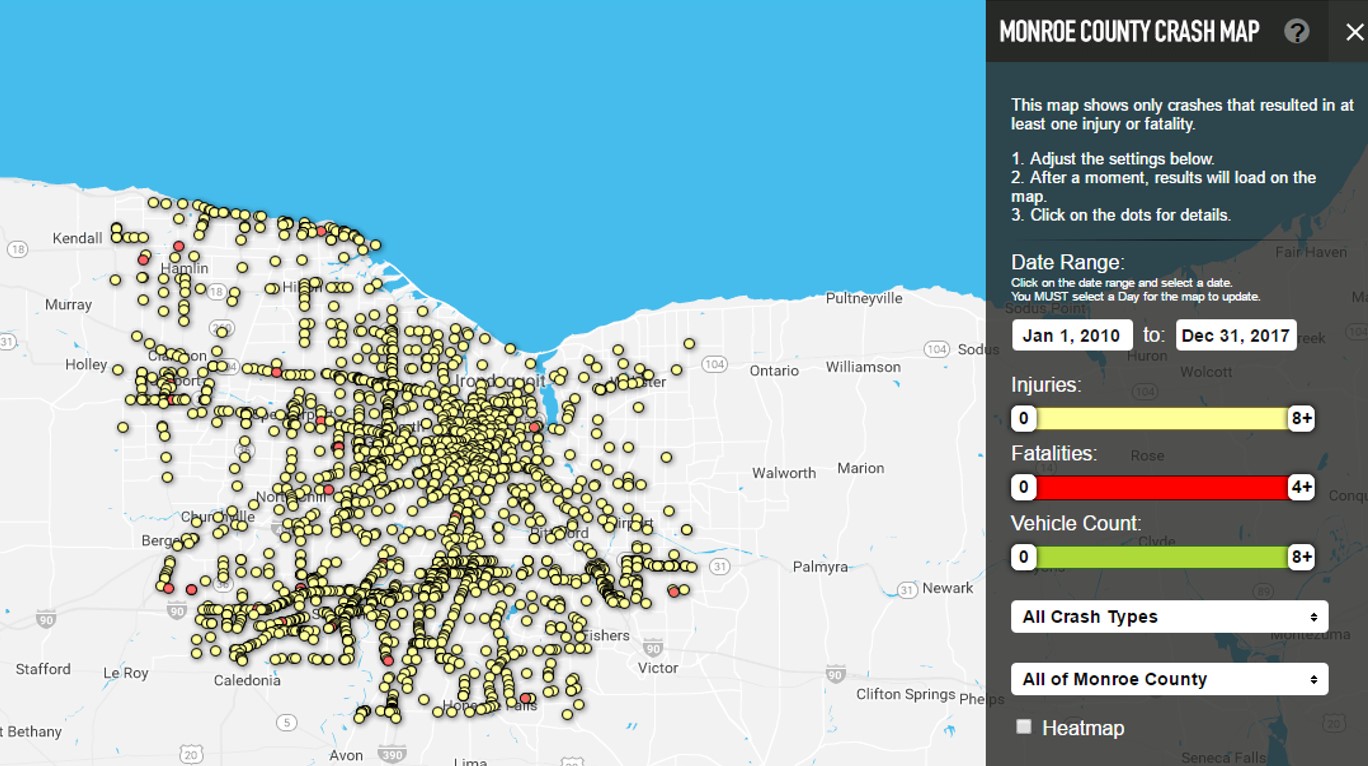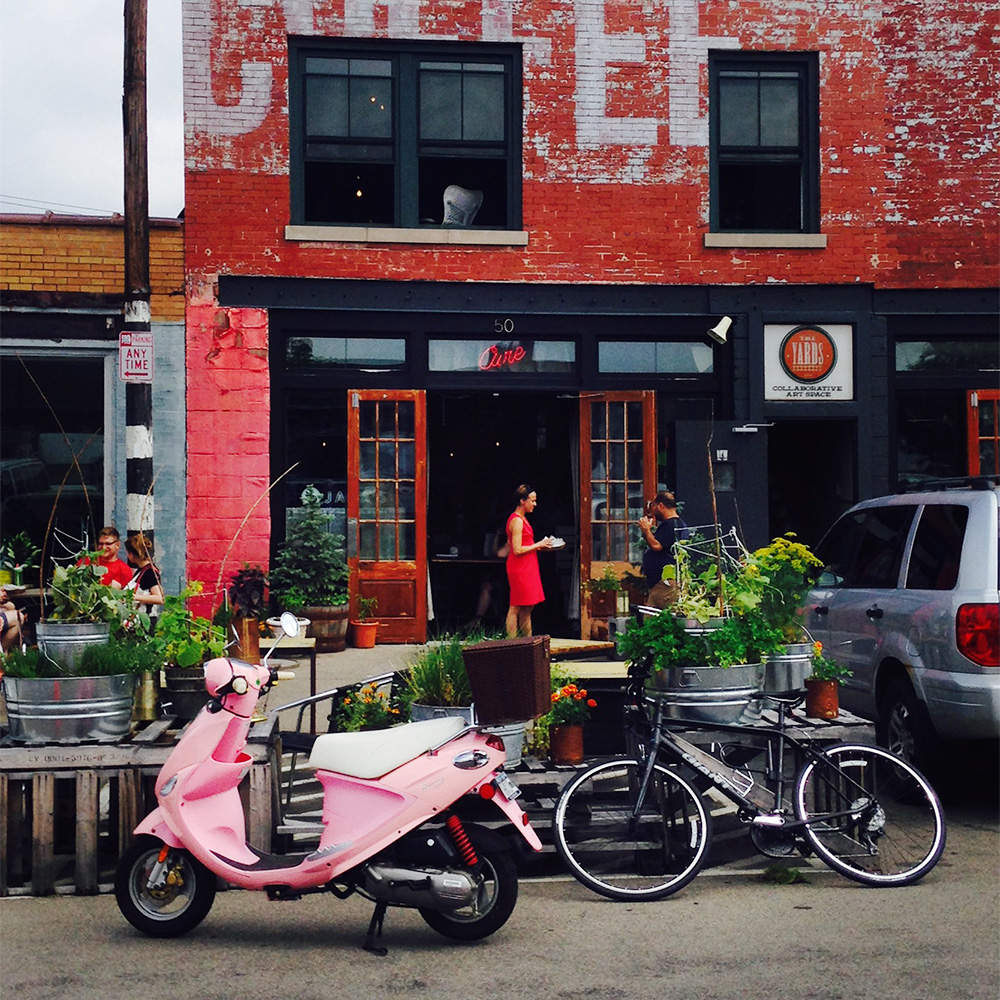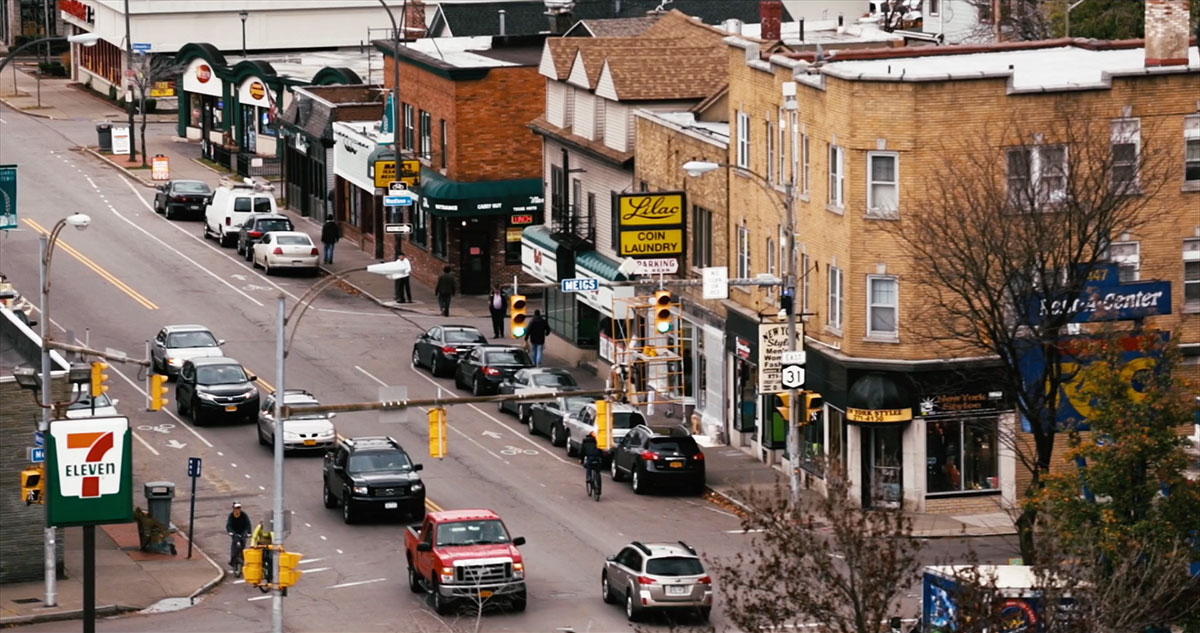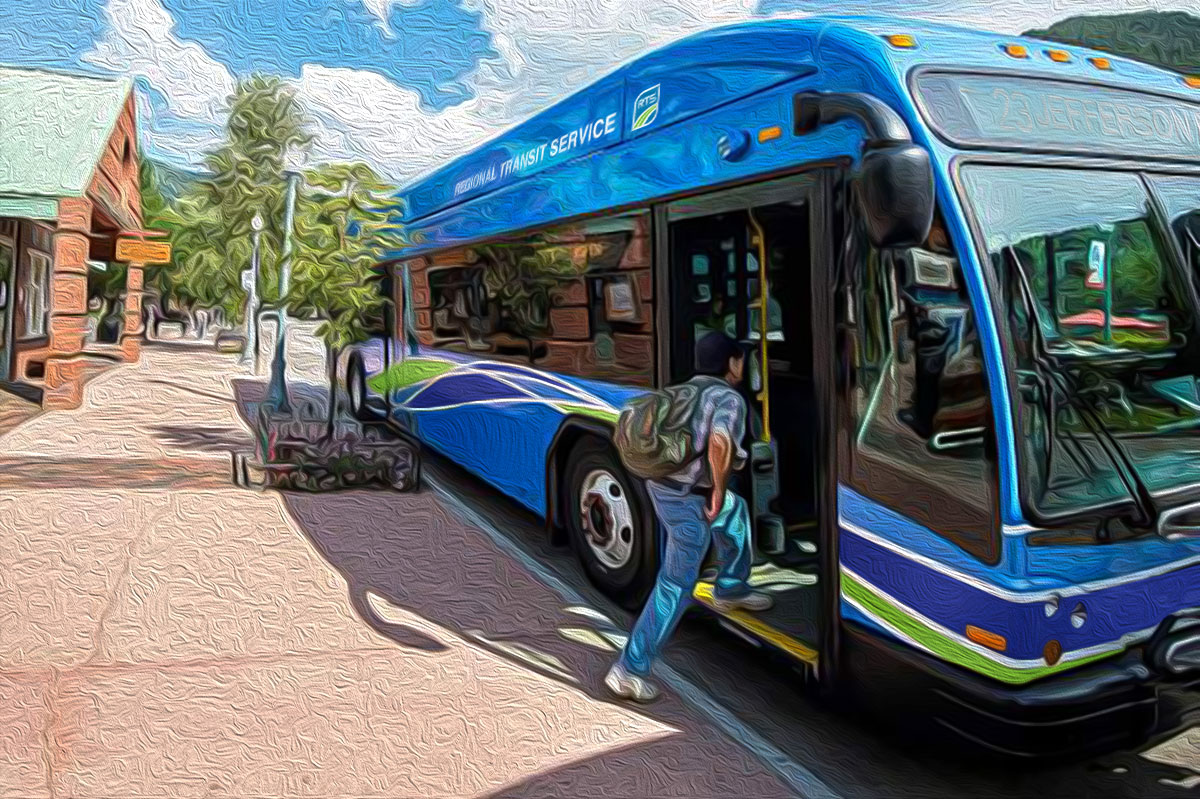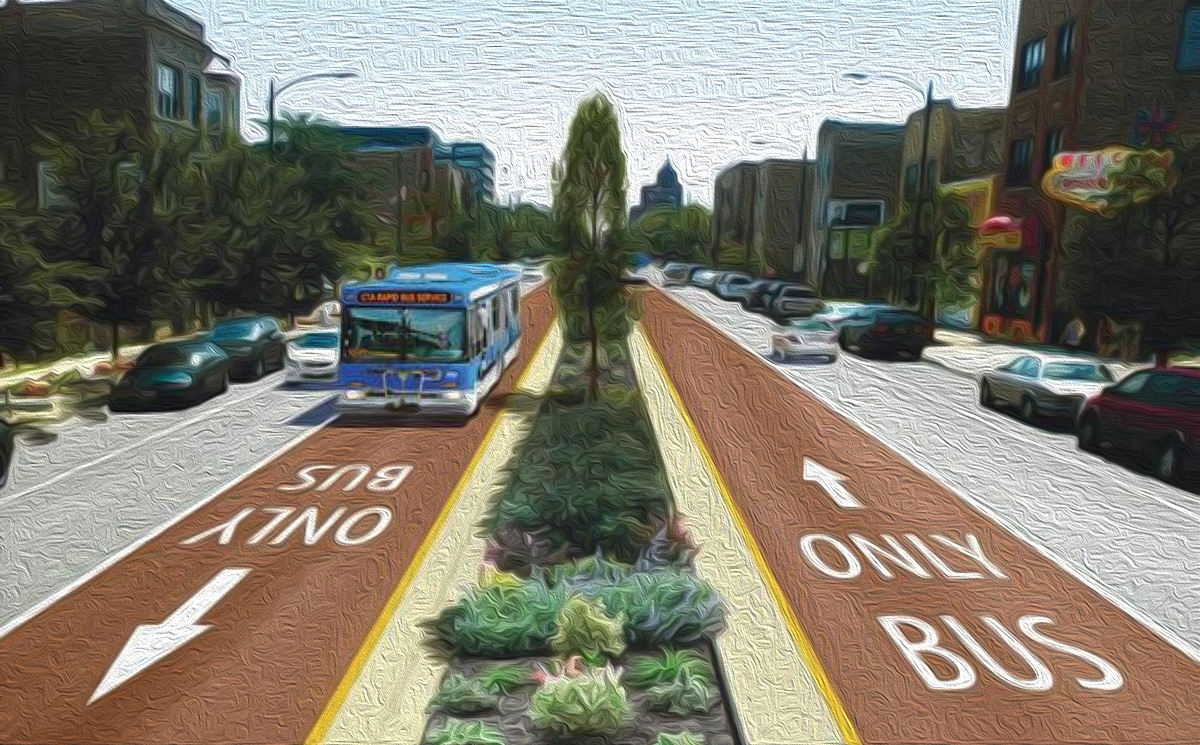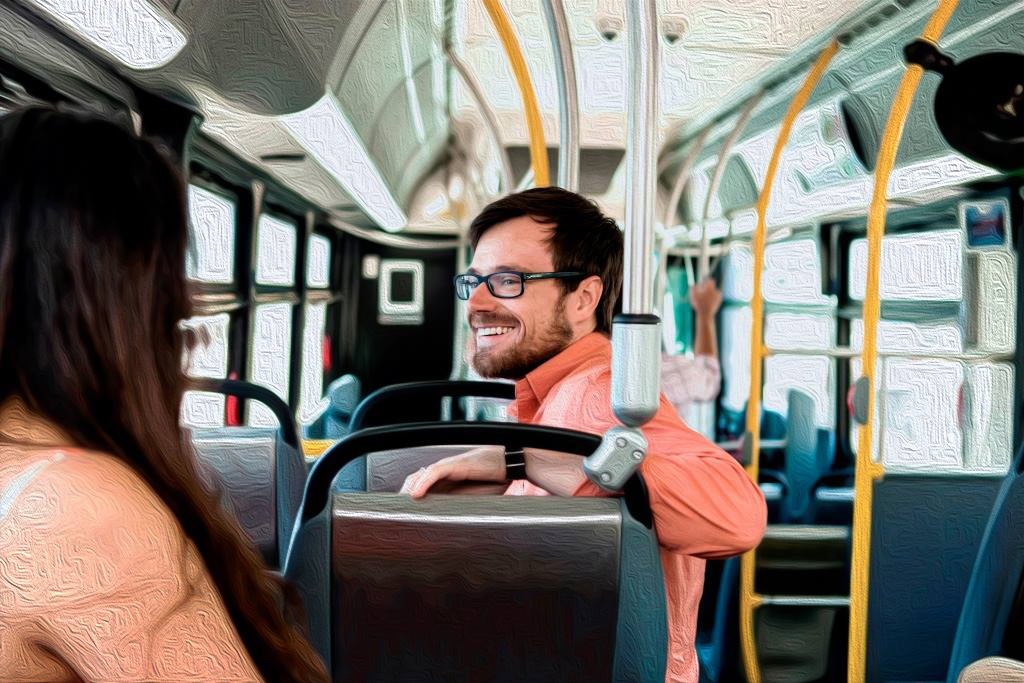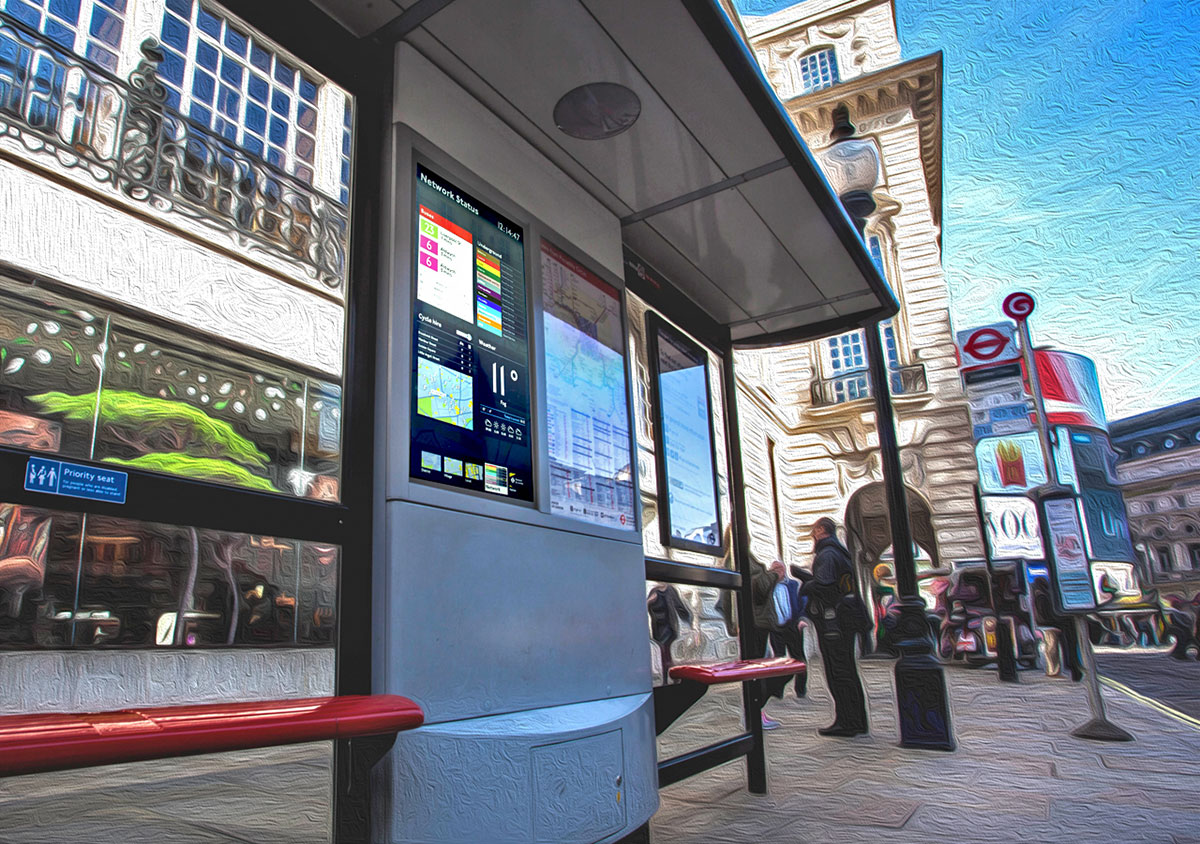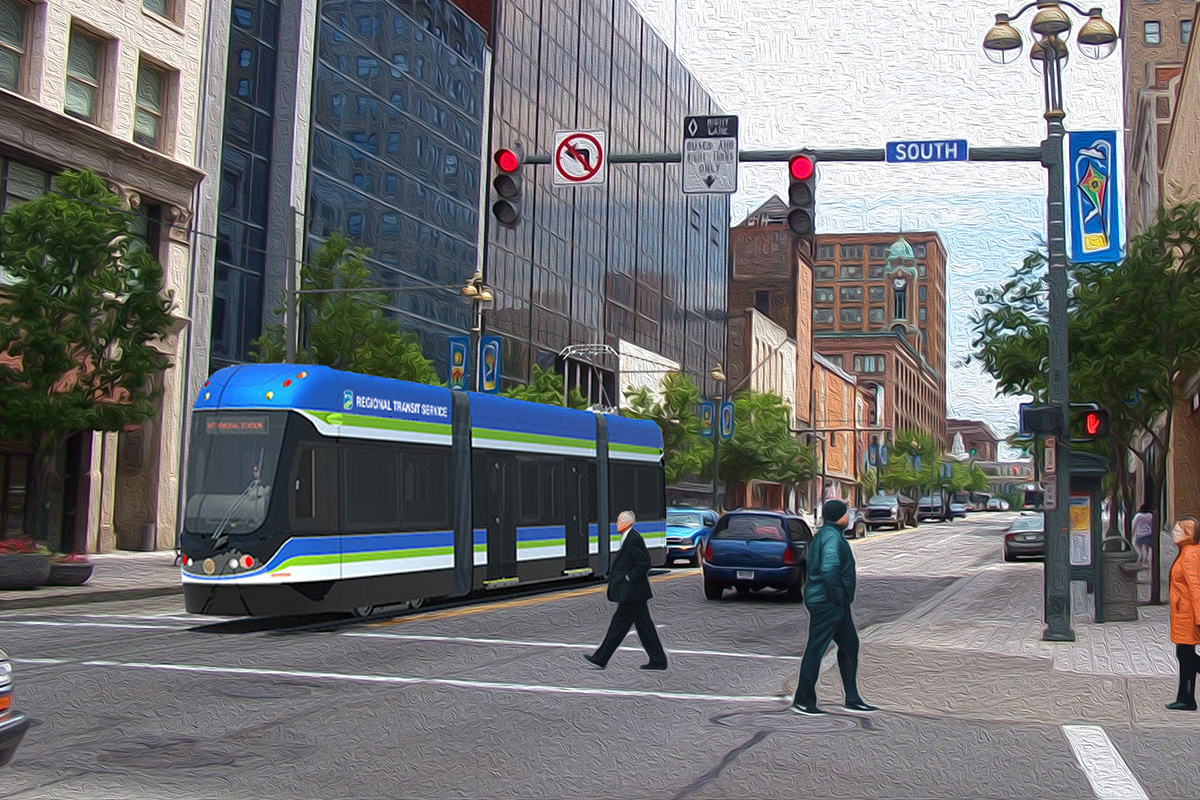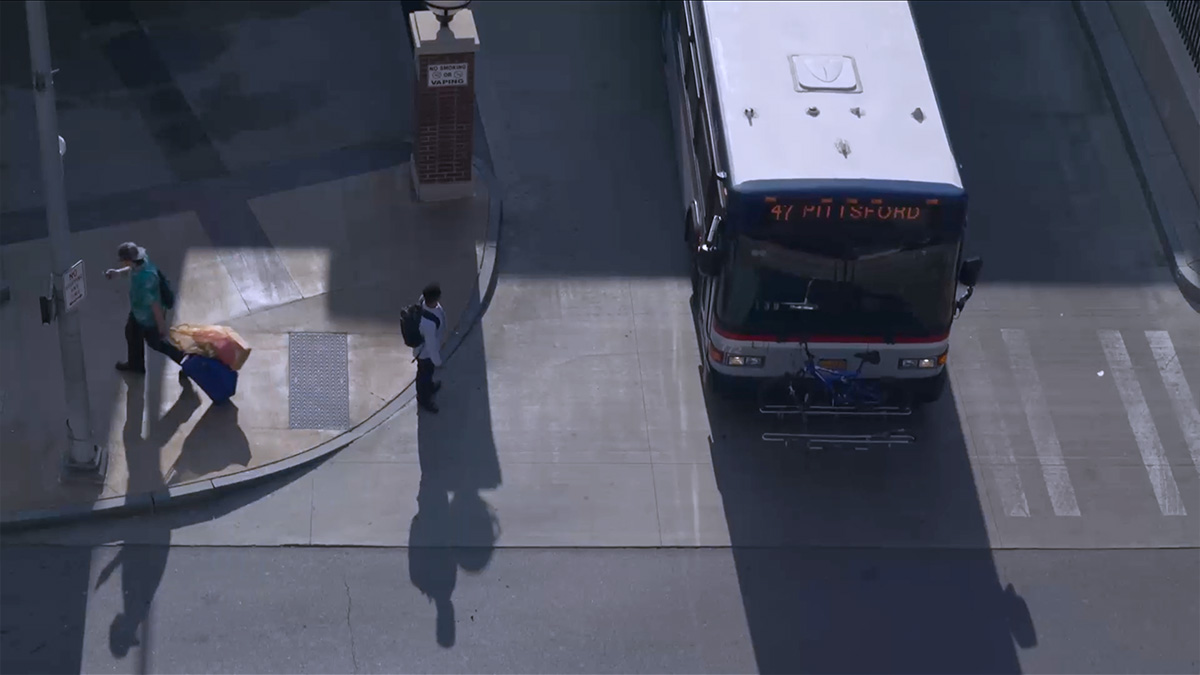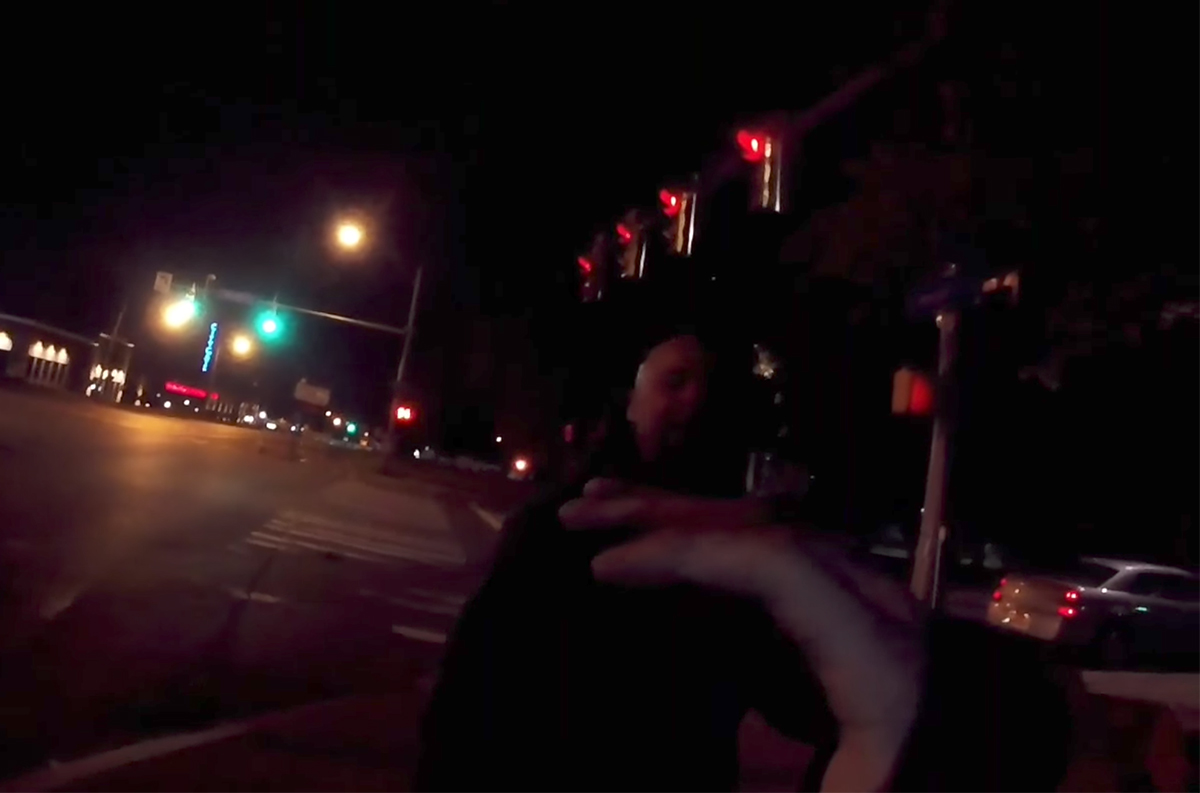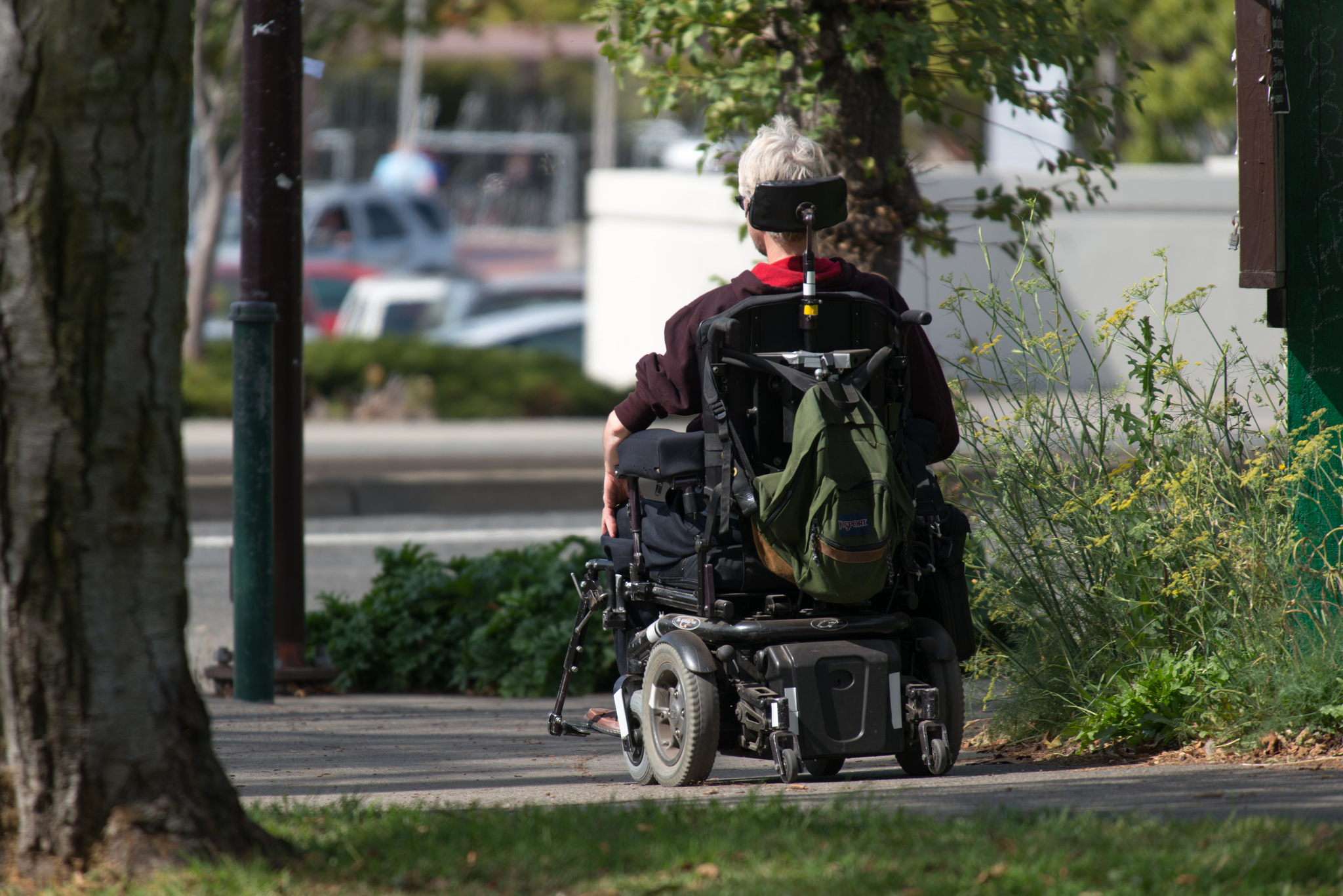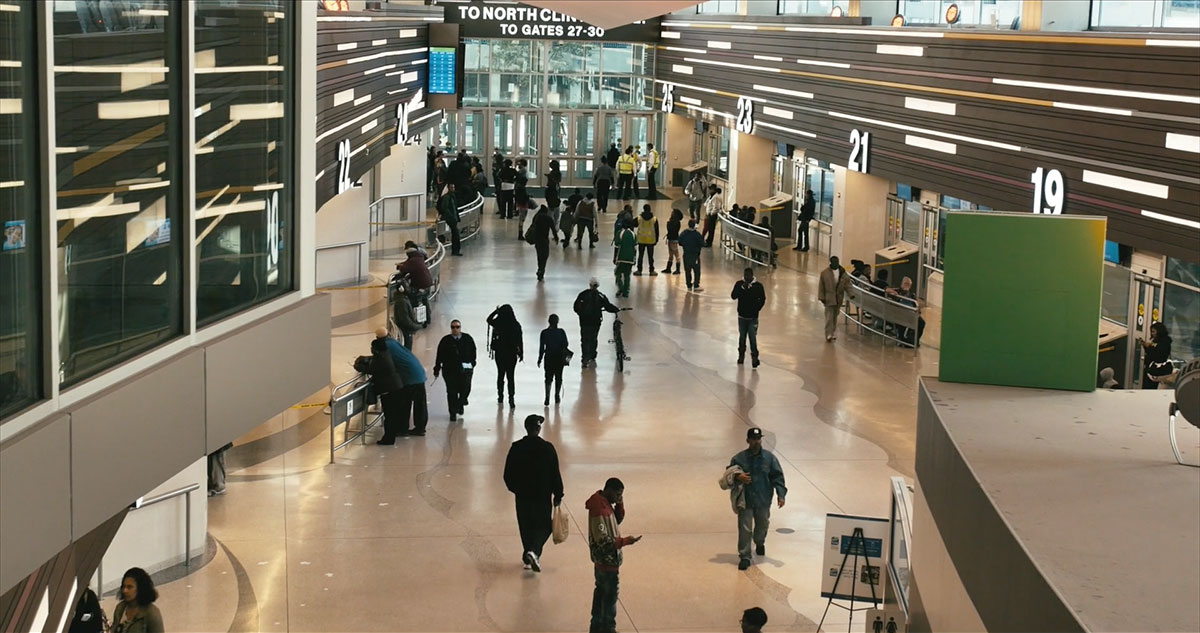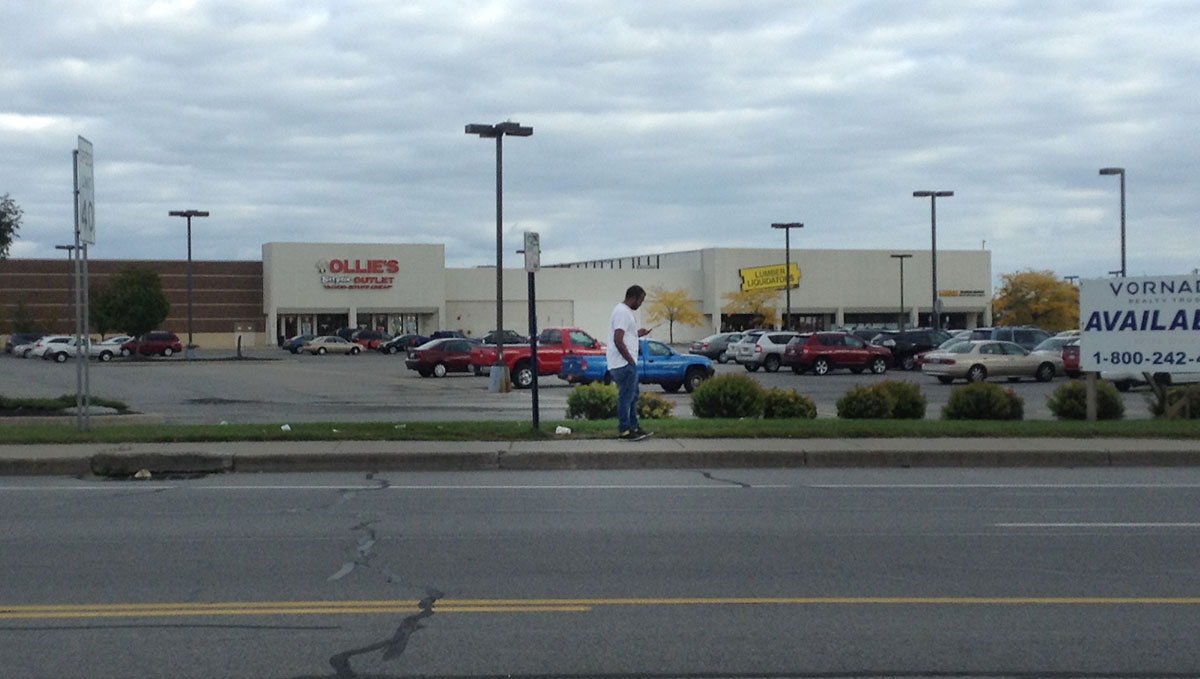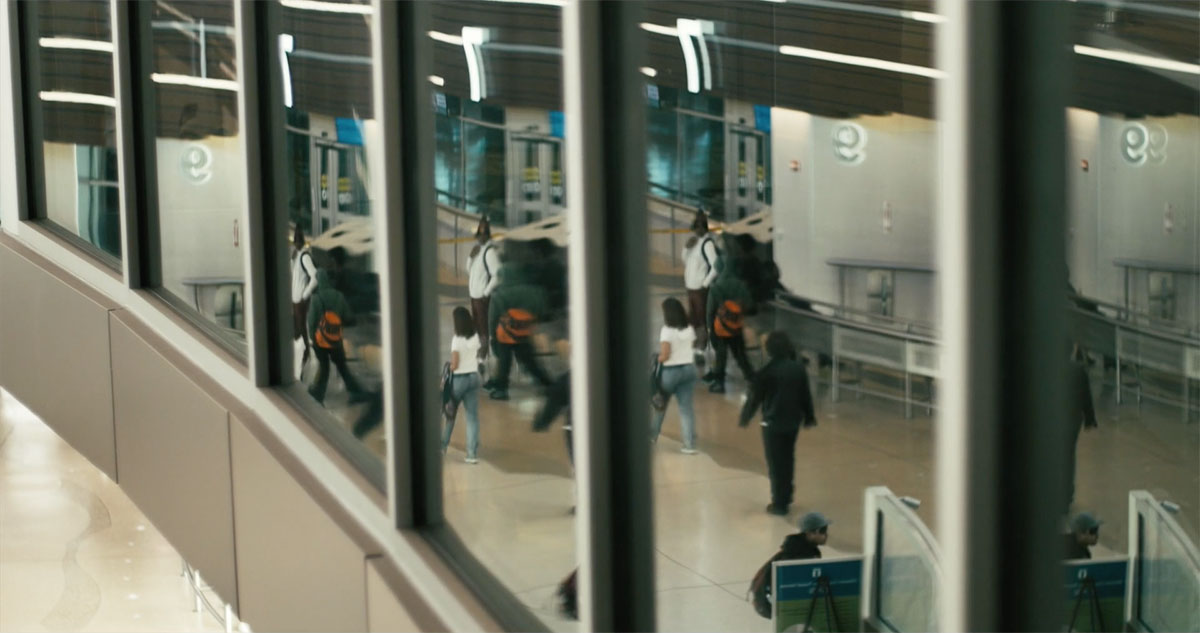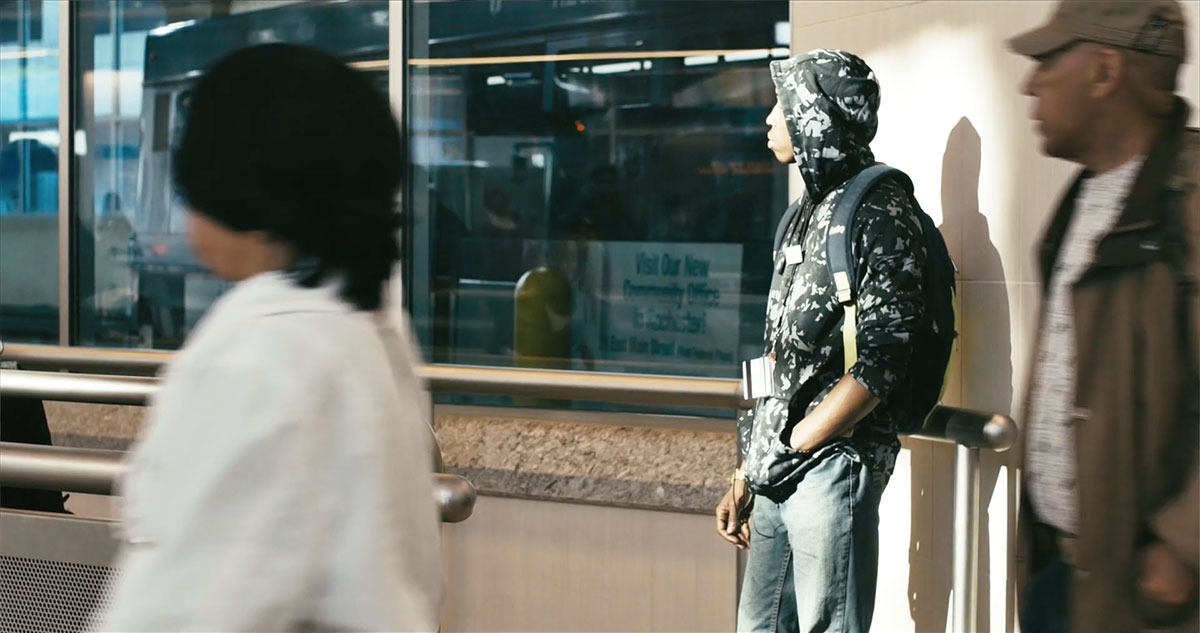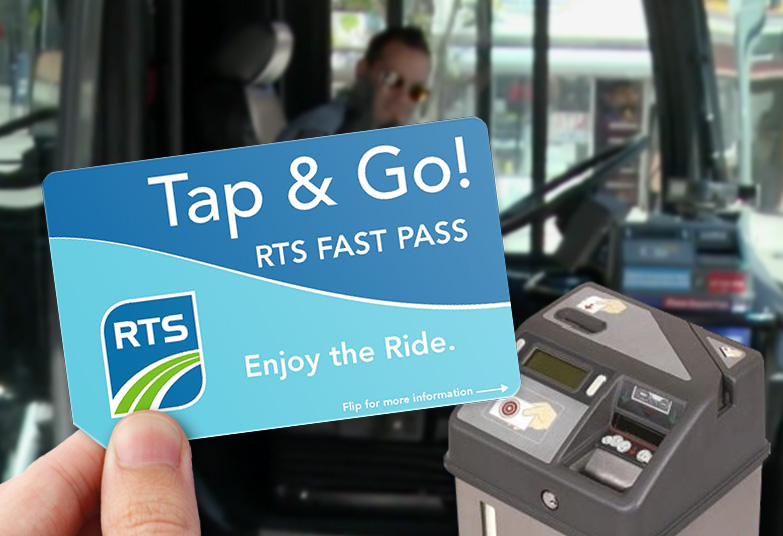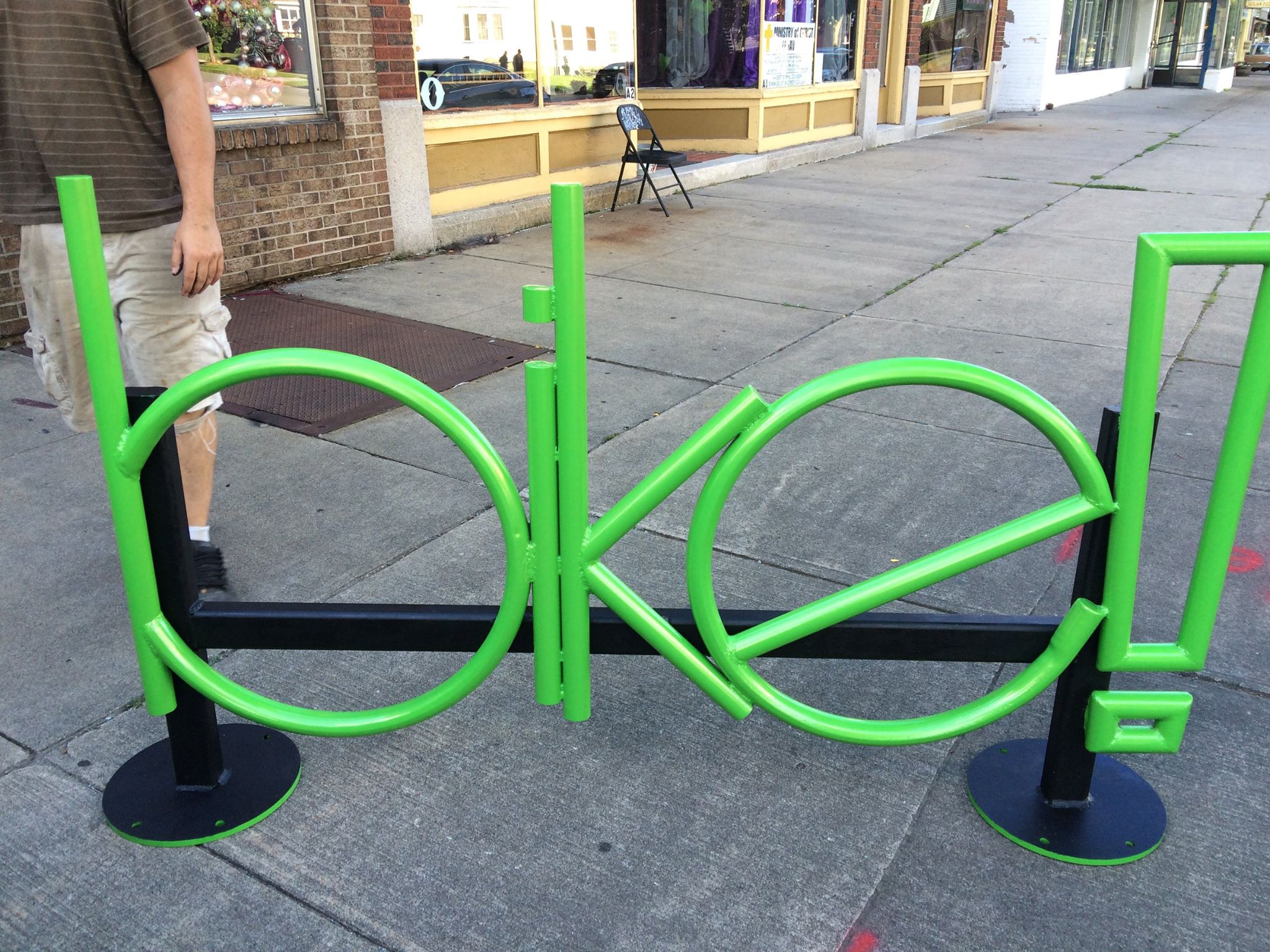In the U.S., pedestrian fatalities have skyrocketed, increasing by 46% from 2009-2016. According to our Crash Map, over 4,000 crashes in Monroe County from 2010-2017 involved bicyclists and pedestrians. Eight people die on our streets every year as a result of these crashes.
The City of Rochester Public Market: An Important Example and Experiment in Our Community
Guest essay submitted by: Evan Lowenstein, Reconnect Rochester Member and Assistant Market Supervisor for Communications and Special Events/Projects, City of Rochester Public Market…
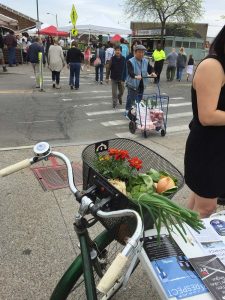 The City of Rochester Public Market is an endearing, fascinating example of the many things planners value and work for: successful public places and spaces; sense of place; mixed use; real and working diversity; pedestrian-focused; linkage of city, suburbs, and rural areas; supportive of the local economy.
The City of Rochester Public Market is an endearing, fascinating example of the many things planners value and work for: successful public places and spaces; sense of place; mixed use; real and working diversity; pedestrian-focused; linkage of city, suburbs, and rural areas; supportive of the local economy.
While the Market has made strides in multi-modal transportation access by creating a pedestrian, bicycle, and transit-friendly Market, there is a lot of work to do. The Market can and should be a true leader in moving the community forward in its transportation mindsets and methods.
What Should Transit-Supportive Development Look Like in Rochester?
As part of its new Comprehensive Plan, Rochester 2034, the City of Rochester is studying which major streets have the best potential for “transit supportive development” in Rochester. Transit supportive development encourages a mix of complementary activities and destinations (e.g., housing, work, shopping, services, and entertainment) along major streets and centers. This kind of development helps create compact, vibrant communities where it’s easier for people to walk, bike, and use public transit to get around. Read more
Our Suggestions for a Reimagined RTS
[ Make your voice heard. Take the Reimagine RTS survey. ]
Last week RGRTA announced a plan to “Reimagine RTS.” Reconnect Rochester believes this is a once-in-a-lifetime opportunity for our community to get mass transportation right. We all have a stake in the success of our public transportation system and it is critical that RGRTA and its project team have access to thoughts and ideas from every demographic and every corner of our community. To help, we have compiled our ideas and recommendations, and we are asking you all to do the same.
But first, we need to understand how we got here.
Rochester’s public transportation network was originally designed to carry people between downtown and densely populated surrounding neighborhoods. As our residential population, commerce, and jobs spread outward with the adoption of the automobile, RGRTA attempted to follow this migration by extending service outward. With lower population densities in the suburbs, the stretched transit company found itself facing an impossible choice: expand service to reach fewer customers, or maintain its existing service area for a dwindling urban population.
After decades of attempting to do both, the quality of service in Monroe County has suffered. Those who rely on transit are underserved, and those who might choose to ride rather than drive do not. We hear complaints from riders about infrequent service, long trip times, perceived safety issues, and the need to walk great distances to reach their bus stop or final destination. Clearly, we need systemic changes to improve service and increase the viability of our public transit network.
RGRTA recognizes these issues and is now taking a bold step to design “a new transit system from the ground up.”
Our Top 5 Recommendations to Make Rochester Transit Great (again)
Reconnect Rochester has surveyed its members on how to improve Rochester’s public transit system to serve the greatest number of people. Our recommendations are prioritized below.
1. Make service more frequent and consistent.
Current routes and schedules are too complex and inconsistent. To build confidence and make people believe they will have a ride available when they need it:
- Vehicles should run every 30 minutes or less throughout the entire system.
- Vehicles should run every 15 minutes or less on key routes during peak hours.
- Routes, schedules and frequencies should be consistent throughout the weekday and on weekends.
- Vehicles should depart from the terminal on time.
- Even spacing should be maintained between buses.
- The number and placement of new bus stops should follow the recommendations outlined previously in the RTS Bus Stop Optimization Study (2014) to strike a balance between pedestrian accessibility and system performance.
- Outlying routes or segments that cannot support 30 minute frequency (either with ridership or private sector funding) may need to be eliminated, or serious consideration should be given to servicing these areas by other means.
2. Make routes more direct.
Many routes currently have unnecessary turns and deviations, meaning most trips take much longer than they should. The current hub and spoke layout also makes it difficult to transfer between routes without going downtown. To improve efficiency and provide the fastest possible trip time:
- Routes should be designed to take the most direct path between major destinations. Twists, turns and “zig-zags” should be eliminated.
- Buses should not run into and through office complexes and strip mall parking lots. Instead, municipalities need to work to make sure transit access is provided by direct and convenient pedestrian access through a site to the edge of the public right of way.
- It should be possible to switch (or transfer) between routes from any point in the network.
- Adjacent routes should be placed within walking distance from each other and service staggered to make it easier for riders to switch from one bus to another on a nearby route.
- Provisions should be made for other modes of travel at major bus stops or satellite hubs (i.e., ridesharing and bike share stations, safe and accessible pedestrian infrastructure, information/signage, etc.).
- It should be possible to travel between the county’s four quadrants without transferring downtown.
- Crosstown or orbital routes should be added near the perimeter of the city where radial routes diverge.
- Work with other transit providers to make existing crosstown routes (e.g., U of R’s Orange Line) available for riders.
- Work with the City and DOT to design streets that prioritize transit (as well as pedestrians and cyclists) over private motor vehicles.
- Install curb extensions at transit stops (as opposed to curb cutouts) to eliminate time spent weaving in and out of traffic.
- Optimize traffic signals to improve reliability by allowing buses to maintain a constant speed, and reducing time spent at red lights.
- Utilize dedicated lanes to move buses more quickly through crowded streets.
3. Right-size the service.
Many routes receive high ridership near the core of the network, resulting in overcrowded, slow moving buses there and nearly empty buses for the remainder of the routes. To relieve overcrowding and improve service in high demand areas:
- Some routes may require express and local access service.
- Consider eliminating outlying routes or segments where demand is low.
- Vehicles should be selected according to demand.
- Heavily used routes within the core of Monroe County should be serviced by 40’ or larger vehicles, while lesser used routes could be serviced by vans or other systems altogether (i.e., ride-sharing).
- Where necessary, transit vehicles should be outfitted to accommodate more bicycles.
4. Make transit accessible and easy to use.
In recent years RGRTA has added several systems and technologies that have made it easier and more enjoyable to use transit. These include the fully enclosed RTS Transit Center, fare kiosks, Tap & Go fare cards, digital signage, and a mobile trip planning app. The following recommendations would make RTS even easier to use and more welcoming to new customers:
- Improve integration with other modes and transit systems.
- Institute an integrated payment solution so that one “currency” can be used across a variety of transportation systems (i.e., one stored-value pass to pay for bus fare, rideshare, taxi, or bike share that could be replenished online or at a kiosk).
- Include data from other transportation companies within the RTS mobile app.
- Share data and synchronize service between other transit providers such as college bus systems, Amtrak, and intercity buses.
- Work with municipal staff and land use boards in development review and site design. Employment locations, services, retail, and higher density residential development should occur within a half mile of transit corridors. The details of site design such as building placement and internal pedestrian circulation networks are critical in supporting transit.
- A dynamic transit frequency map should be published for municipalities to evaluate whether transit is a realistic mobility option for a given development or not. There’s a huge difference in a site served by buses every 2 hours versus one served by buses every 20 minutes. Frequency information is not captured on a typical system route map (see for example these maps by Reconnect Rochester and this article by Jarrett Walker).
- School routes (currently designated with an X) should not add complexity to the published schedules.
- Provide basic amenities for transit riders at all bus stops.
- Safe and accessible sidewalk connection from curb pick-up
- Route map and information
- Seating
- Provide enhanced amenities for transit riders at heavily used stops and hubs.
- Shelter
- Trash receptacle
- Bike rack
- Heat
- WiFi
- Work with municipalities to enact a maintenance plan for all bus stops.
- Trash pickup
- Snow removal
- Accountability
- Provide riders with real-time information
- Countdown clocks with real-time information should be installed at all major transit stops and hubs (i.e., URMC, colleges, Airport, Rochester Intermodal Station, Irondequoit Plaza, etc.).
- Work with municipalities and property owners to display real-time information screens at highly visible locations such as schools, shopping centers, arenas, office and apartment buildings (i.e., TransitScreen).
- Provide additional off-board and cash-free fare payment methods (i.e., kiosks at major transit stops where passengers can buy Tap & Go cards, mobile ticketing via the RTS app or a 3rd party app such as Token Transit, etc.).
- Explore ways to allow boarding at both front and rear doors.
5. Stay competitive through innovation.
A business succeeds by staying ahead of the competition. Beyond the recommendations outlined in sections 1-4, it will be imperative for RTS to:
- Continually monitor customer needs and local market conditions in order to identify areas for improvement, industry trends and opportunities to attract new customers.
- Offer classes or seminars on “how to ride the bus.” Many people are reluctant to try the bus, in part, because they are unfamiliar with it.
- Have a bike rack mock-up device so people can practice loading a bike into the rack without the pressure of a bus full of people watching.
- Expand offerings by studying the feasibility of new systems and upgrades such as:
- Fixed guideway and/or bus rapid transit on core routes
- Smaller self-driving vehicles for local or on-demand service
- Work with the City and County to manage land use in a way that complements service patterns. Future service can then be planned based on land use decisions.
- Work with municipalities, key neighborhood groups, and large employers to establish Transportation Demand Management entities and co-promote public transit as a solution to congestion and costly parking.
- Step up marketing efforts and always maintain a fresh image reflecting the unique selling points of RTS.
- Develop example language/assistance for municipalities, event planners, retailers, employers etc. that highlight the ability to use transit to access the event. Too often events or meeting notices provide parking information without information about public transit. Rochester International Jazz Festival does a good job of this.
Share Your Suggestions
We hope our suggestions will give you a framework from which to craft your own thoughts for RTS. Please feel free to steal our list straight away. Or if you have ideas not mentioned above, we’d love to hear them in the comments section below.
We also urge you to attend the first public meeting for this project on October 25th from 6:00-7:30PM at the Brockport Metro Center. And don’t forget to visit www.myRTS.com/reimagine to submit your comments and stay updated on this important project over the next 12 months.
“Reimagine RTS” – A fresh start for Rochester’s Transit System?
Moments ago RGRTA announced plans to study sweeping changes to the RTS (Monroe County) transit system. The effort is being called Reimagine RTS and the goal is to develop a set of recommendations to address the community’s mobility needs, increase transit ridership, and position RTS for long-term financial sustainability.
Road Rage Against Cyclist Nearly Turns Bad – What Can We Learn?
A local cyclist sent us a video of a road rage incident he experienced last weekend while riding his bike south on East Henrietta Road near the intersection at Westfall. Thankfully, no one was hurt – in the end, a good samaritan stepped in and called RPD. But there are clearly some important lessons to be learned. First a word of caution; this video contains some graphic language…
Maybe Not So Uber for Everyone
Guest essay submitted by: Ericka Jones, Systems Advocate at Center for Disability Rights…
Imagine you found out Uber was coming to your town. The typical response is to be really excited and relieved that a lower cost and convenient ride service was coming to your area. You no longer have to deal with the stress of how you will get to work on time or if a ride is even available!
Transportation and Poverty (Part 6): What Should Be Done?
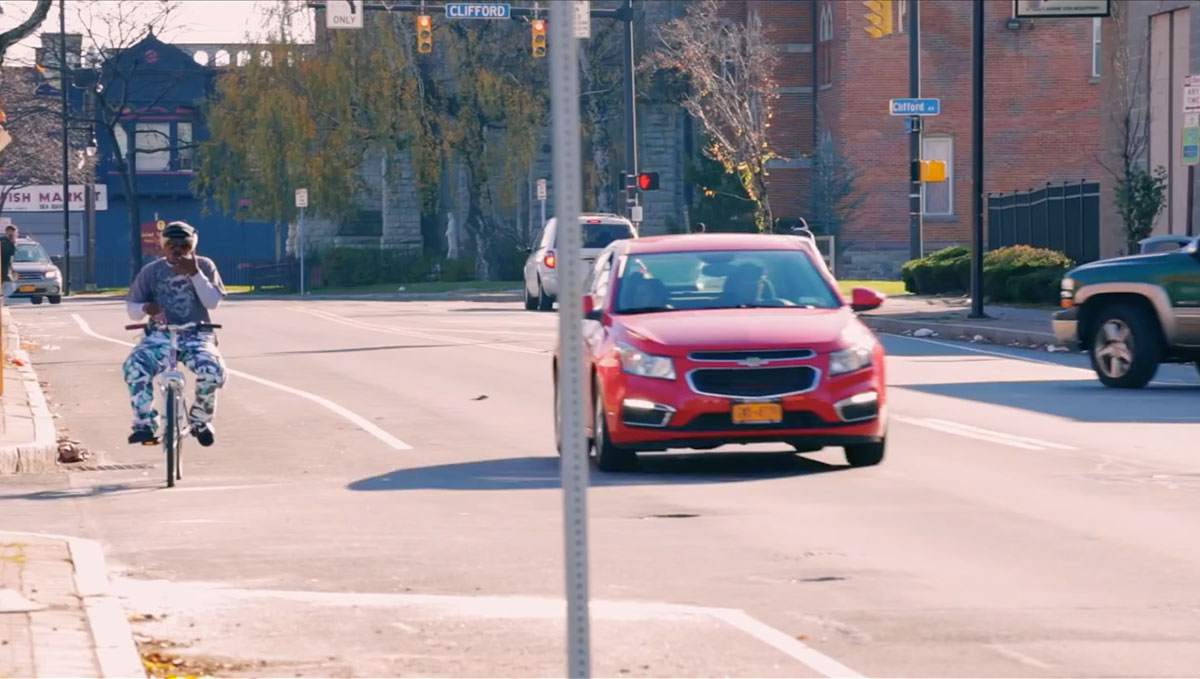 Posted by: Pete Nabozny, Associate Principal at CGR and co-owner of Tru Yoga
Posted by: Pete Nabozny, Associate Principal at CGR and co-owner of Tru Yoga
As we’ve seen previously in this series of posts on Transportation & Poverty, the costs associated with transportation for Rochesterians in poverty are considerable. Low-income workers are faced with a difficult choice – spend a high portion of their income on a car and associated expenses so that they can get to work in a reasonable amount of time or lose many hours each week commuting by public transportation, effectively reducing their hourly pay and crowding out other productive activities. The ongoing de-concentration of jobs and housing in our region only exacerbates this dilemma. Read more
Transportation and Poverty (Part 5): The Problem with Sprawl
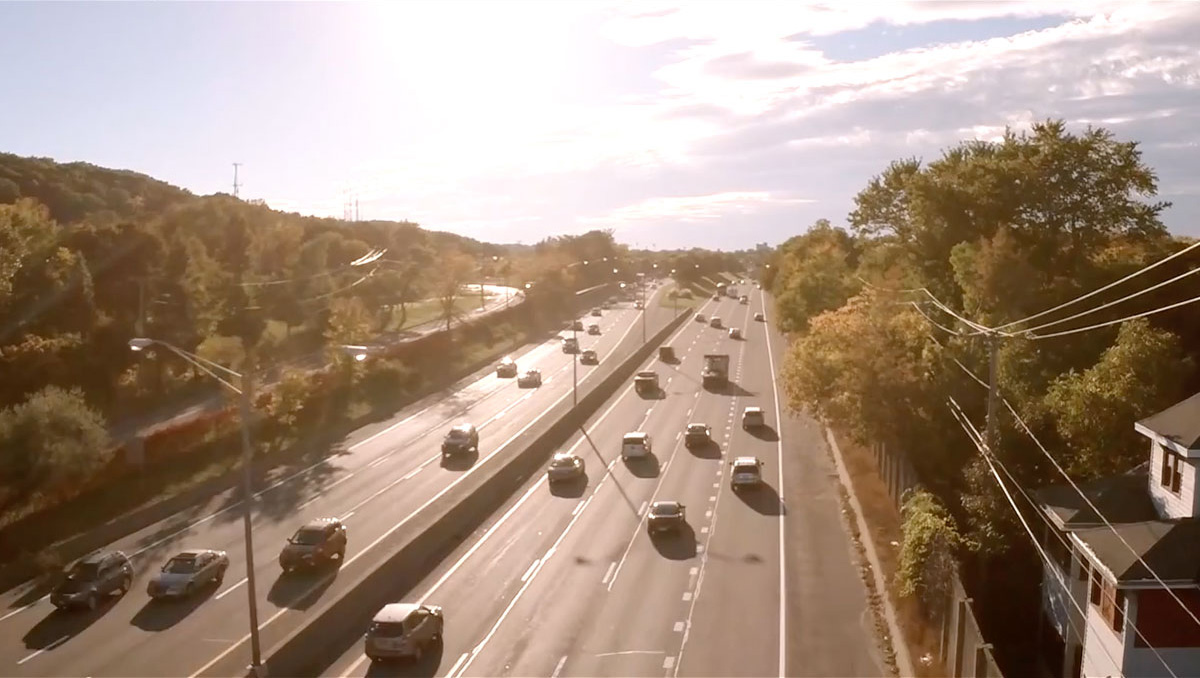
Posted by: Pete Nabozny, Associate Principal at CGR and co-owner of Tru Yoga
So far, we’ve examined how long commute times limit the ability of low-income workers who live in high poverty areas in the City to reach jobs through public transportation. We have also explored how the cost of car ownership is often prohibitively expensive for these same individuals. This post will assess how the continuing sprawl of our region has a particularly negative impact on low-income residents. Read more
Transportation and Poverty Series (Part 4): The Cost of Car Ownership
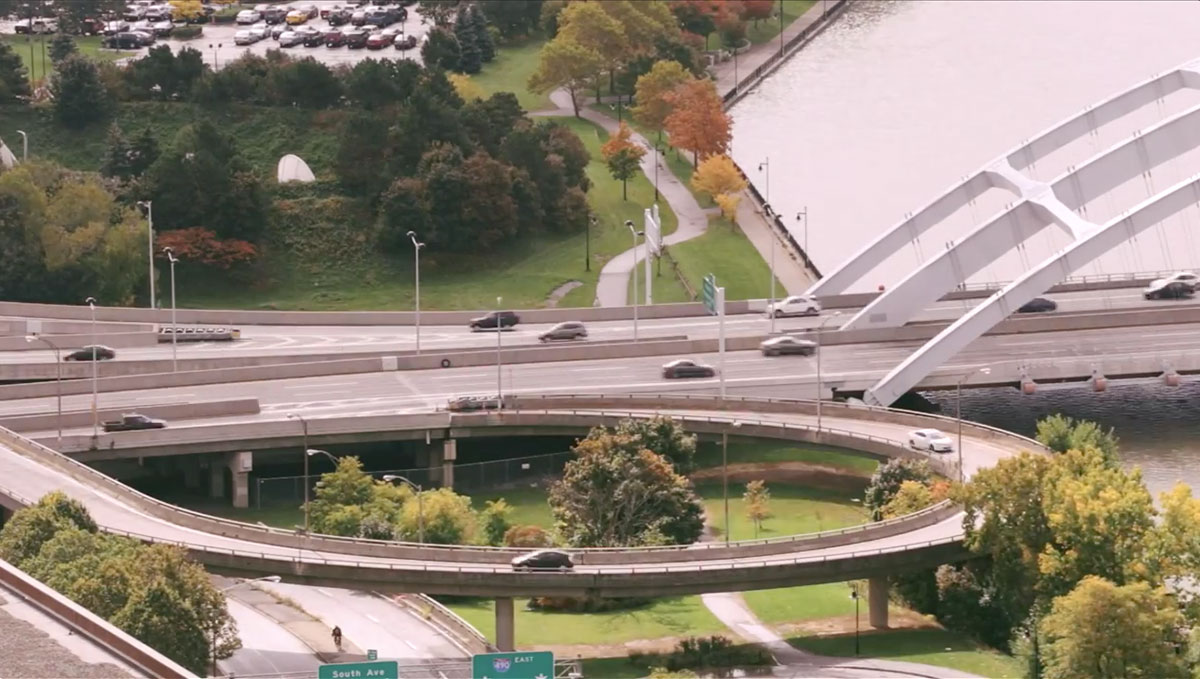 Posted by: Pete Nabozny, Associate Principal at CGR and co-owner of Tru Yoga
Posted by: Pete Nabozny, Associate Principal at CGR and co-owner of Tru Yoga
Last time, we explored the problem of the long commute in Rochester and its impact on the effective wage of low income workers. Obviously, we are not the first to point this problem out. You might logically conclude, like many well-meaning organizations have, that we must provide a program or mechanism through which low-income folks can receive or buy a reasonably priced car. After all, that is the mode of transit for an overwhelming majority of our region’s residents and studies have suggested that access to a vehicle is correlated with more hours worked and more wages earned. A chicken in every pot and a car in every backyard, right President Hoover? The cherry on top is that our region famously has some of the shortest driving commutes in the nation. Read more
Transportation and Poverty (Part 3): The Long Bus Commute and the Value of Time
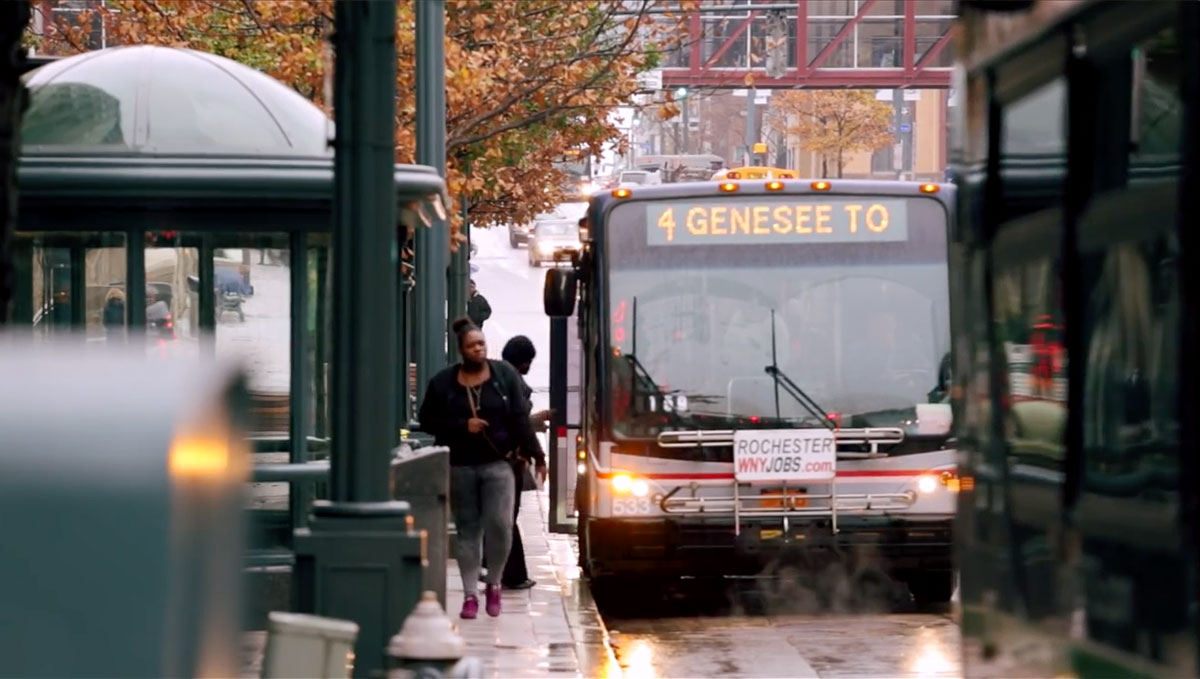 Posted by: Pete Nabozny, Associate Principal at CGR and co-owner of Tru Yoga
Posted by: Pete Nabozny, Associate Principal at CGR and co-owner of Tru Yoga
Here in Rochester, most middle class households own a car or two and think nothing of driving to their place of employment. For these individuals, public transportation needs to be a competitive alternative to driving for them to ditch their cars. If a bus stops near a person’s home frequently and reliably, and drops that person off near their place of work within 10 minutes or so of what it would take them to drive, they may opt to commute by bus. Read more
Transportation and Poverty (Part 2): What is Poverty?
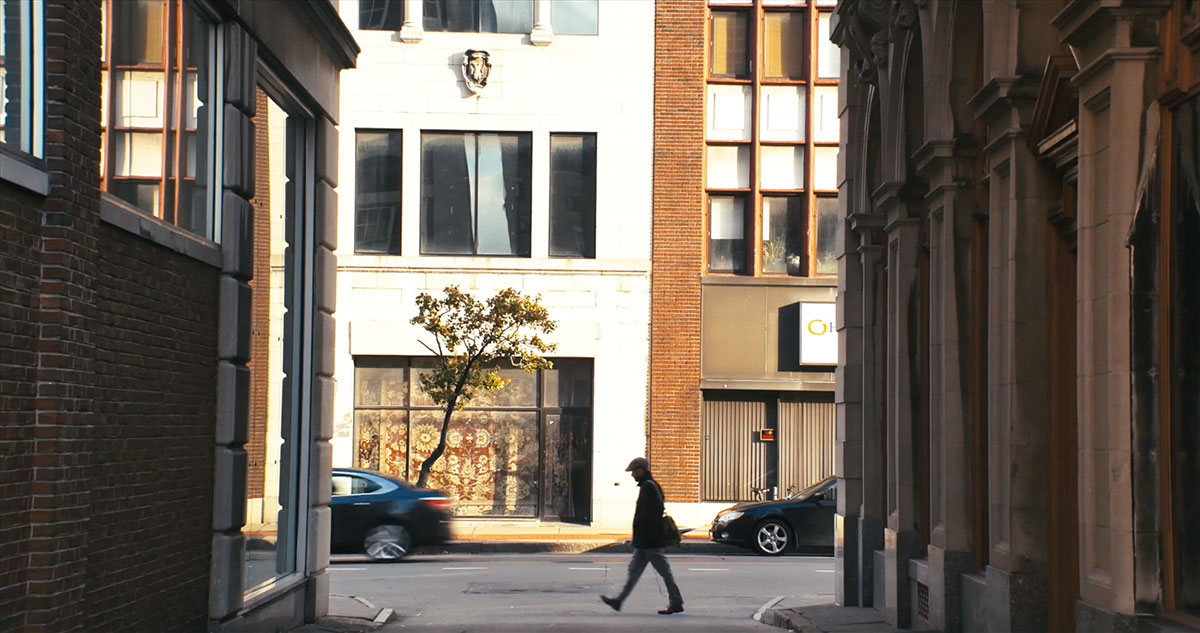 Posted by: Pete Nabozny, Associate Principal at CGR and co-owner of Tru Yoga
Posted by: Pete Nabozny, Associate Principal at CGR and co-owner of Tru Yoga
Over the next two weeks, Reconnect Rochester is going to publish a series of pieces that explore the issue of poverty in our region. These articles will focus primarily on the intersection of poverty with public transportation, sprawl, and community planning. But before we start, it is important to have a firm understanding of what the problem is and why it is so pernicious in our region. Read more
Introduction to Transportation and Poverty in the Rochester Region
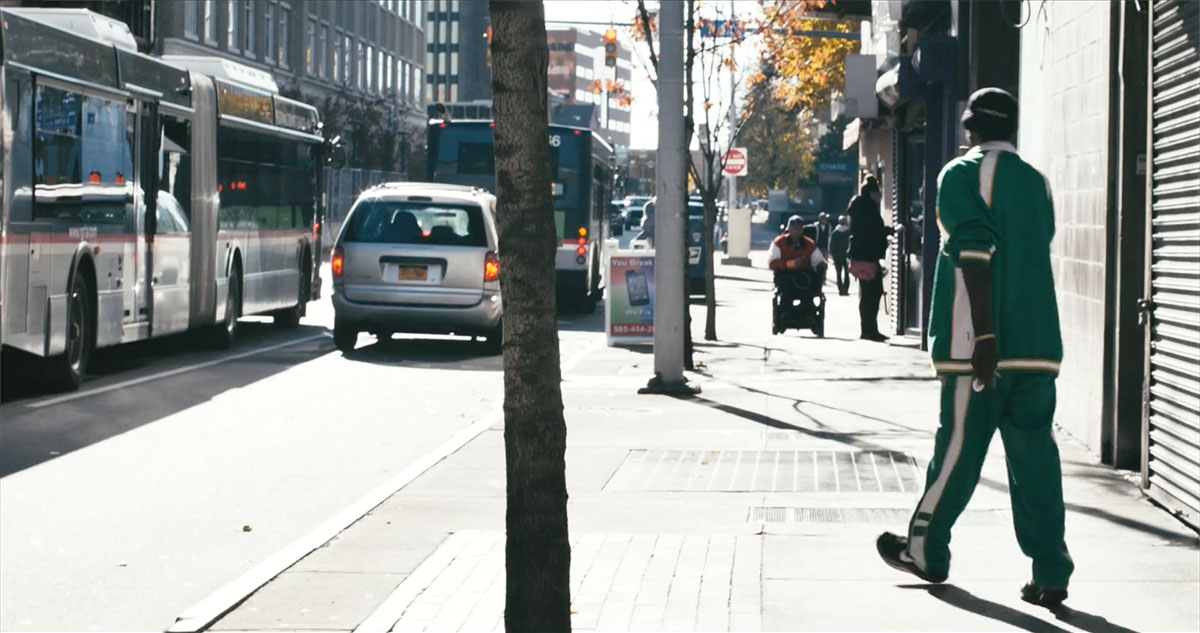 Posted by: Pete Nabozny, Associate Principal at CGR and co-owner of Tru Yoga
Posted by: Pete Nabozny, Associate Principal at CGR and co-owner of Tru Yoga
The statistics are overwhelming – 111,000 Monroe County residents live in poverty, accounting for slightly more than 15% of the region’s total population. Within the City of Rochester, a full 34% of the City’s population (or over 68,000 people) live below the poverty line, including over 50% of children in the City. The percentage of City residents in poverty has risen by 30% since 1990, when less than 24% of City residents were impoverished. Read more
RTS Introduces New ‘Tap & Go‘ Card, PLUS Text & Email Alerts
This week RTS introduced a new Tap & Go! RTS Fast Pass. The new fare card lets customers simply tap it on the fare box (on the bulls-eye) when boarding. When the fare is accepted the fare box will beep or you will hear “fare deducted” to know you have successfully paid your fare.
If customers make use of the new Tap & Go! cards they should make boarding a lot faster which would be a good thing for everyone. Currently, riders insert their fare card into a slot and then must wait a moment for the card to pop back out – or worse, fumble for change. And when you serve thousands of riders every day, those seconds add up.
In addition to quicker boarding times, RTS CEO Bill Carpenter says the new technology at the fare box also lays the groundwork for improved payment options in the future. “The information and experience we gain from the Tap & Go! passes represents the first step toward technological improvements that may include refillable bus passes, fare boxes that accept credit card payments, mobile payment options on smart phones, and a Tap & Go! smart phone app.”
For many of us transit fans, those features can’t come fast enough. But for now, here is what customers need to know about Tap & Go!:
- Tap & Go! passes are available for purchase online at myRTS.com, or one of the ticket vending machines at the RTS Transit Center or the RTS Administration Building.
- They are available as a 5-Day Unlimited, 31-Day Unlimited, and stored value pass.
- The pass is activated with the first tap on the bus.
- Customers can check their card balance at any RTS ticket vending machine.
- Tap & Go! RTS Fast Passes are not currently refillable.
- The old magnetic fare cards in other denominations are still available.
Also… New Text Message and Email Alerts
And in case you missed it, last month RTS introduced another way for customers to receive service and schedule announcements: via email or text message. Transit riders with smartphones and the RTS Where’s My Bus App already receive timely alerts and information through the app. Text and Email alerts now give customers another option.
To sign up, you can either fill out the subscription form online or in person at the Transit Center.
Or simply text the words “OPT IN RTS ALL” to (585) 433-0855. If you only want alerts for a specific route, replace the word “ALL” with your specific route number. For example, to sign up for text message alerts for the Route 1 Lake, text “OPT IN RTS 1.”
You can also opt-in for information outside Monroe County. Simply follow the same instructions above, but use your county code listed below:
- RTS Genesee: “OPT IN GEN ALL” or “OPT IN GEN 1”
- RTS Livingston: “OPT IN LIV ALL” or “OPT IN LIV 1”
- RTS Ontario: “OPT IN ONT ALL” or “OPT IN ONT 1”
- RTS Orleans: “OPT IN ORL ALL”
- RTS Seneca: “OPT IN SEN ALL” or “OPT IN SEN 3”
- RTS Wayne: “OPT IN WAY ALL”
- RTS Wyoming: “OPT IN WYO ALL” or “OPT IN WYO 1”
Rochester Intermodal Station 2016 Construction Update
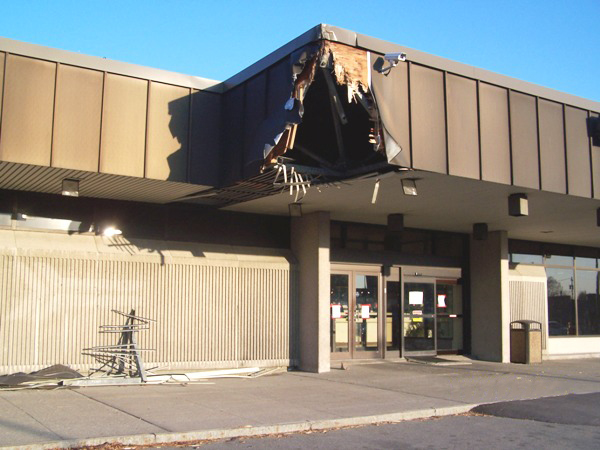
Posted by: Mike Governale, president and co-founder of Reconnect Rochester
There hasn’t been much coverage about the progress on Rochester’s new intermodal station lately. So we thought we’d do another construction update and let you know that the project is moving along as scheduled and the new station is expected to be open and ready for passengers next summer, 2017.
Since our last update, the rickety old 1970s Amtrak station has been demo’d, bridge and tunnel work has largely been completed, and the new building is rising above the site. You can find most of these photos and information on the NYSDOT website ![]() but once again, so that you don’t have to go digging for it, here’s a look at what’s been happening…
but once again, so that you don’t have to go digging for it, here’s a look at what’s been happening…
Fun New Bike Racks in Culver-Merchants Neighborhood
This past spring NeighborWorks Rochester invited local artists to submit designs for new bike racks in The Triangle area of North Winton Village. The winning artists were announced earlier this summer, and the finished racks are now open and waiting for you to secure your bike…
When it comes to jobs, location matters.
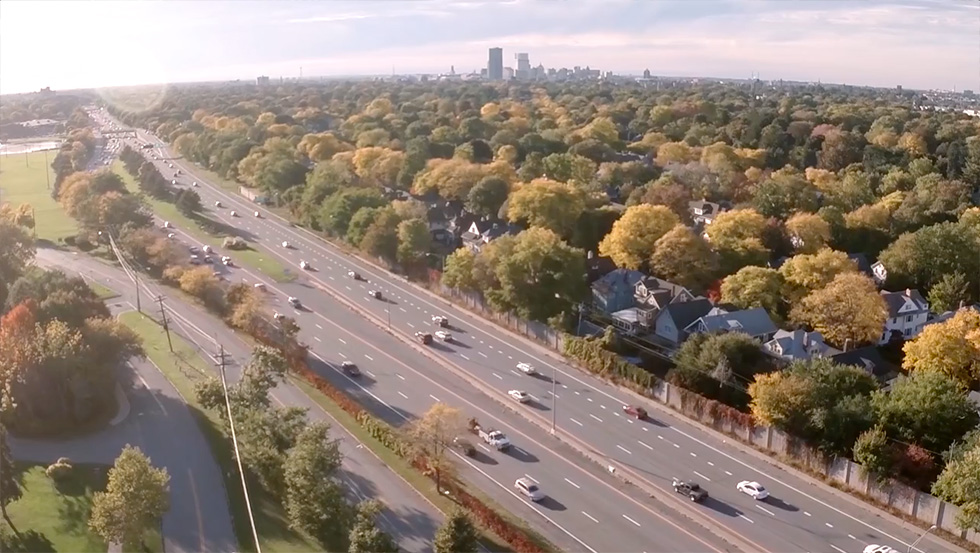 Posted by: DeWain Feller, Vice President at Reconnect Rochester
Posted by: DeWain Feller, Vice President at Reconnect Rochester
Do-It-Yourself Bus Stop Bench
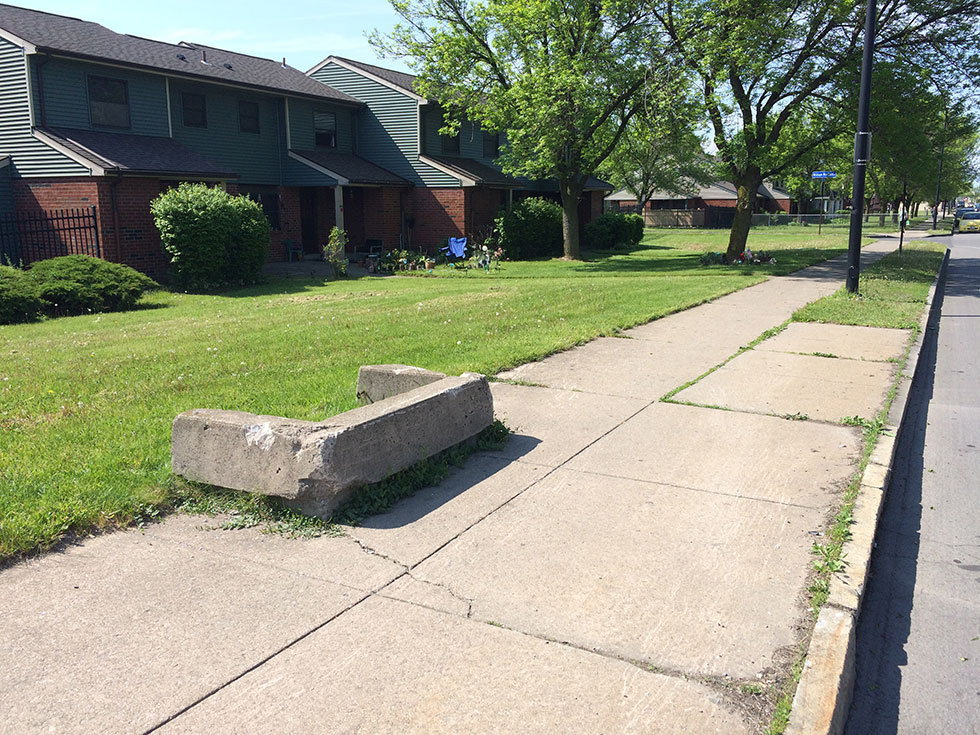 Posted by: Daniel Speciale, volunteer at Reconnect Rochester
Posted by: Daniel Speciale, volunteer at Reconnect Rochester
When the Reconnect Rochester volunteers were out on Joseph Avenue last month placing the latest set of bus stop cubes, I noticed this crumbling bit of concrete (above) and thought… What the hell is it?
We kicked around some thoughts; Maybe a base for one of those traffic signal boxes? Part of an old bus shelter? An old stoop leading to a long-demolished storefront?
An email to my street design guy (yeah, I know a guy) quickly solved the mystery…
Bus Stop Cube Program Expands to Joseph Avenue
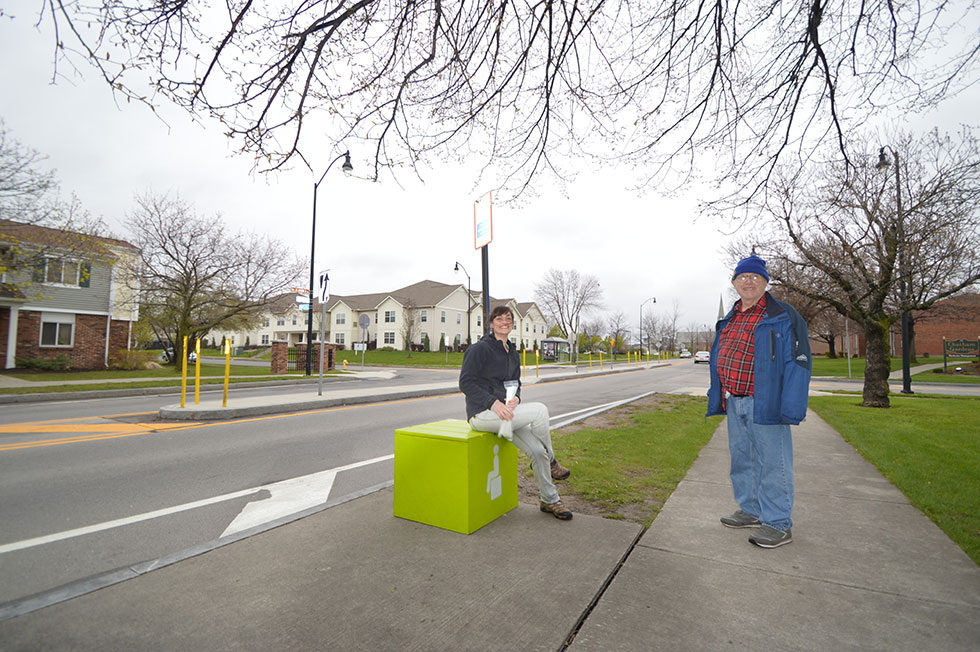
Posted by: Daniel Speciale, volunteer at Reconnect Rochester
If you’ve been hunting for a place to sit down while waiting for your bus to arrive, rejoice. The CUBES are back! This year our volunteers have already placed 14 of those colorful little bus stop cube seats and the program is expanding with 5 additional cubes being placed on Joseph Avenue…
Analysis of NY State Transit Budget 2016-2017
![Here's an overview of how public transportation fared in the new State budget. [Story via NYPTA]](http://www.reconnectrochester.org/images/photos/budget.jpg)
[ Story via: NYPTA ]
New York’s 2016-17 state budget contains increases in appropriations for transit operating and capital aid, and also includes a commitment to fund a 5-year capital program for Non-MTA transit systems, the first multiyear capital program in many years. The final budget provides significant increases in transit capital and operating aid over last year’s levels and addresses a number of NYPTA’s priorities…



